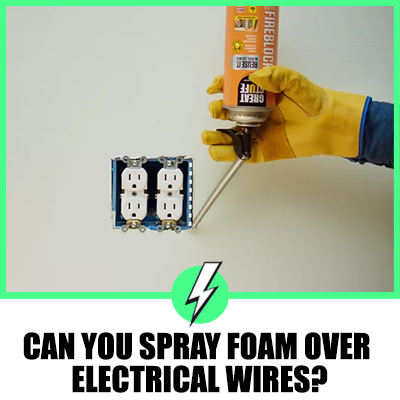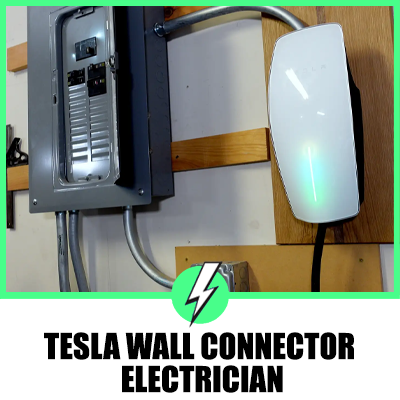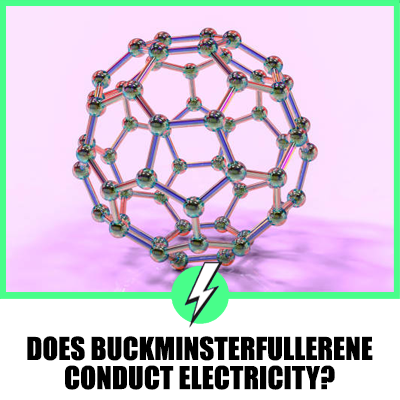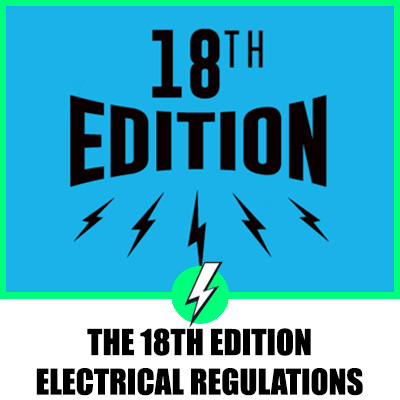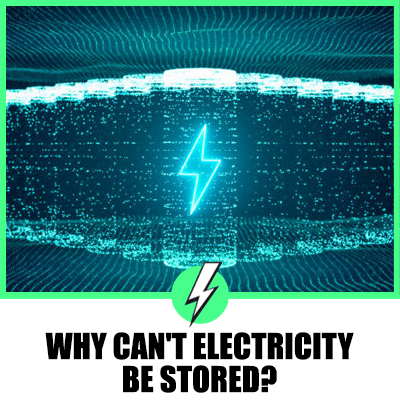How Deep Should An Electrical Conduit Be Buried?
Have you ever been concerned when gardening if you could hit an electrical power cable from the distributor network (DNO)?
There is no need to worry, and the distribution network operator has buried the cables at a minimum of 600mm, almost 2 feet deep. The distribution network operator does not run power cables beneath residential gardens. The cables will come in at the front of the property.
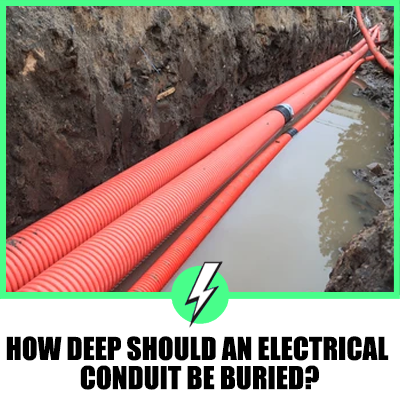
Contents
How deep do electrical trenches need to be in the UK?
It depends. The armoured cable will be laid at 600mm for incoming power to a domestic dwelling, which equals almost 2 feet. The cable is normally laid on a sand base and covered with a loose road stone mixture before covering with soil.
By burying the cable that deep, it is unlikely that any excavation should come into contact with the armoured cable.
To supply power to sheds, you can run the cable at a shallower depth of 150 mm or 6 inches.
Can you run armoured cable along a fence in the UK?
Yes, you can clip armoured cable to a fence in your garden. There are no regulations on height, so it can be at ground level or 6 feet if your fence is this height.
The cable is waterproof and has excellent mechanical protection, making this the perfect cable choice for home use.
Does SWA cable have to be buried?
Steel wire armoured cable (SWA) should ideally be buried for home use. It prevents tripping over the cable, a severe hazard in the garden.
You can run the cable close to the top of the surface behind your flower beds, providing some camouflage for the cable.
Put some markers along the way so no one decides to hit the cable with a spade or pick, causing damage and electric shock.
What are the advantages of SWA cable?
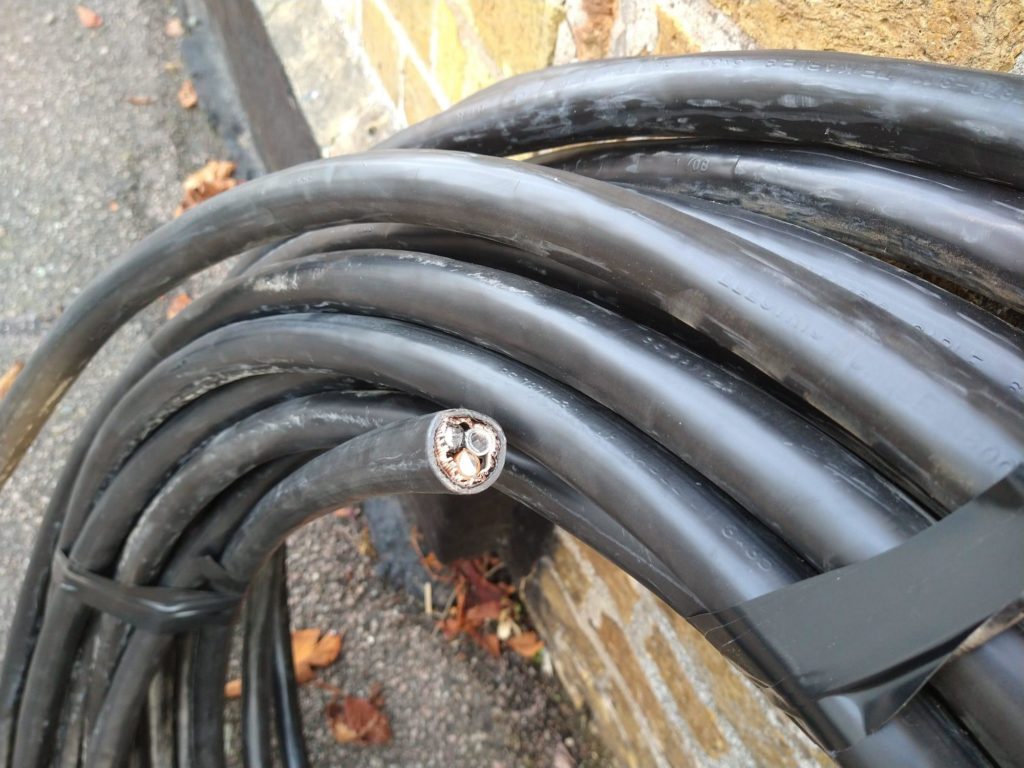
SWA has excellent mechanical protection, making it highly durable in the harshest conditions, from freezing writers to hot summer months.
The cables have an enviable reputation of being tough and durable and be the cable of choice for outside work.
Should SWA Cable be earthed at both ends?
At the very least, the cable should be earthed from the feed end of the cable.
It is normal to terminate the armoured cable in a wiska box with a brass earthing plate and brass earring glands.
You will prevent any injury by earthing the cable if a sharp garden implement hits the cable.
What size SWA do I need for a shed?
It depends on your power load planned for in the garden shed. In most cases, a 6mm armoured cable is sufficient, which can take a 40 amp supply.
Does SWA need RCD protection 18th edition?
32 amp as minimum protection should be used for cables outside your home.
Do you need to bury armoured cable under decking?
Yes and no, If you are running armour cabling under decking, you will likely be installing a hot tub on the deck.
Burying the armoured cable is a good solution, but you will need to leave a substantial tail to make the terminations to the controls of the hot tub.
However, you will need to plan the installation with an electrician. Before you terminate at the hot tub, you will need to connect to a four-pole rotary switch so you can isolate the hot tub from the power supply.
You may decide that clipping the SWA under the decking is an easier way to go than burying it. You can notch out the joists and clip the SWA along the wall until the rotary switch.
What size breaker do you need for a hot tub?
50 amps or higher, but 50 is quite common with hot tubs. Your rotary breaker will need to be at least two metres away from the hot tub to prevent bathers from being able to reach the hot tub and touch the rotary breaker.
What other type of conduit can be used?
There are 100s of types, from stainless steel to nylon, and all have an application and are considered cheaper than using SWA cable.
But the truth is SWA is still the preferred method and by far the easiest way to run cables outdoors.
Conduit has to be joined with an allowance for expansion and contraction factored in for the product’s longevity.
Do you need to place cables inside your house in conduit before burying them in walls?
It’s good to place cables in conduit before plastering over the cables. A plastic conduit can be used for a neat and tidy finish.
There is less need for conduit when using dot and dab walling. The cables can just be stapled in place on the blockwork.
How do you know where your cables are in your house?
For new builds, your cables are in zones, 150 mm from the ceiling and 150 mm from where walls meet in the corner, making it very easy to find cables, and it’s reasonable to assume that all the cables are dropping down to switches and sockets.
Does conduit fall under part P of the building regulations?
If the job is in your garden, then the cabling installation, be it SWA or through conduit, falls under part P of the building regulations.
You will need to hire an electrician to complete the installation for you to be able to comply with the regulations.
Can you save money by doing some of the work?
Yes, if you wish to dig the trench, your electrician will be happy to lay the cable and make the connections in the consumer unit/fuse board.
Clearing away for an unimpeded working area will speed up the time the electrician needs to be on-site at your home, resulting in a smaller invoice.
